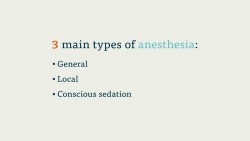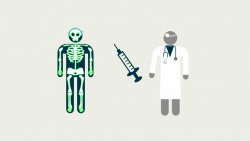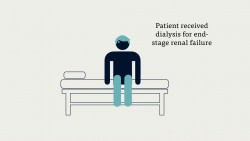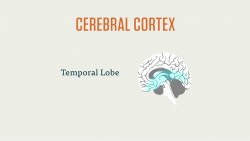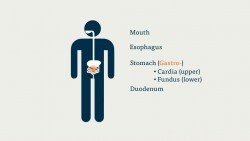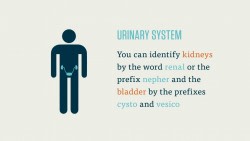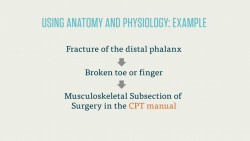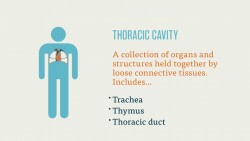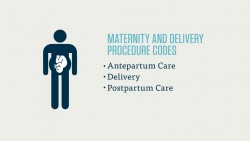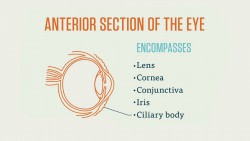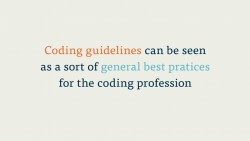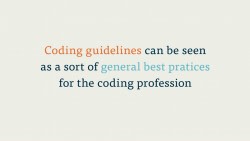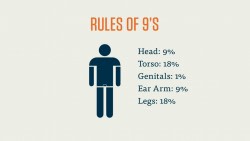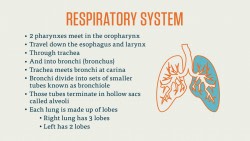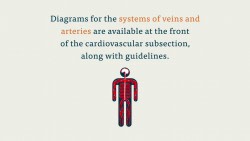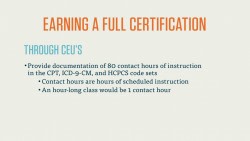For the CPC exam, ‘Anesthesia’ refers to the Anesthesia section of the Current Procedural Terminology (CPT) code manual. Anesthesia is the second section in the manual, after Evaluation and Management and before Surgery.
Anesthesia codes are found in the 00100 – 01999 and 99100 – 99150 number ranges. Here’s a look at the different subsections of the Anesthesiology section, and the ranges for these codes.
On the exam, you’ll see approximately ten questions on Anesthesia. (Please note that this is not an exact figure, as the AAPC has copyrighted their exam and has not publicly released the exact amount of questions on each subject since 2004).
There are three main types of anesthesia: General, local, and conscious sedation. General anesthesia is the most dangerous, as it involves a person becoming entirely unconscious. When a person is put under general anesthesia, the physicians (and anesthesiologist) must maintain all of the patient’s bodily functions, including respiration.
Recommended Online Programs
Local anesthesia refers to the numbing of a particular body part or region of the body. Conscious sedation refers to the process of heavily sedating, but not totally anesthetizing, a patient. Under conscious sedation a patient is able to respond verbally to questions and commands, and does not require any intervention to maintain their bodily functions (eg, cardio or respiratory).
Anesthesia codes are always tied to surgery codes. After all, we wouldn’t just anesthetize someone for the thrill of it! Whenever a surgical procedure is performed that requires anesthesia (which is most of them), we must always have an Anesthesia code with the surgery codes. This Anesthesia code corresponds to where on the body the surgery is performed.
Anesthesia codes are “bundled.” That is, each Anesthesia code contains a number of things within it, including the pre- and post-operative visits from the anesthesiologist, the monitoring of bodily functions (in the case of general or large-scale local anesthesia), the administration of the anesthetic, etc. That means you won’t find specific procedure codes for the evaluation of the patient and the administration of an intravenous anesthetic—both are included in the larger Anesthesia code.
In the case of multiple surgical procedures performed under one instance of anesthesia (one administration of general anesthesia, for example), we’d only use one Anesthesia code.
During the CPC exam, the most useful resource is the set of guidelines at the beginning of the Anesthesia section. Be sure to tab this and refer to it in case you’re feeling confused. The guidelines will tell you the proper way use Anesthesia codes (like how to list an Anesthesia code with a Surgery code). For more information on Anesthesia, download our ebook.


